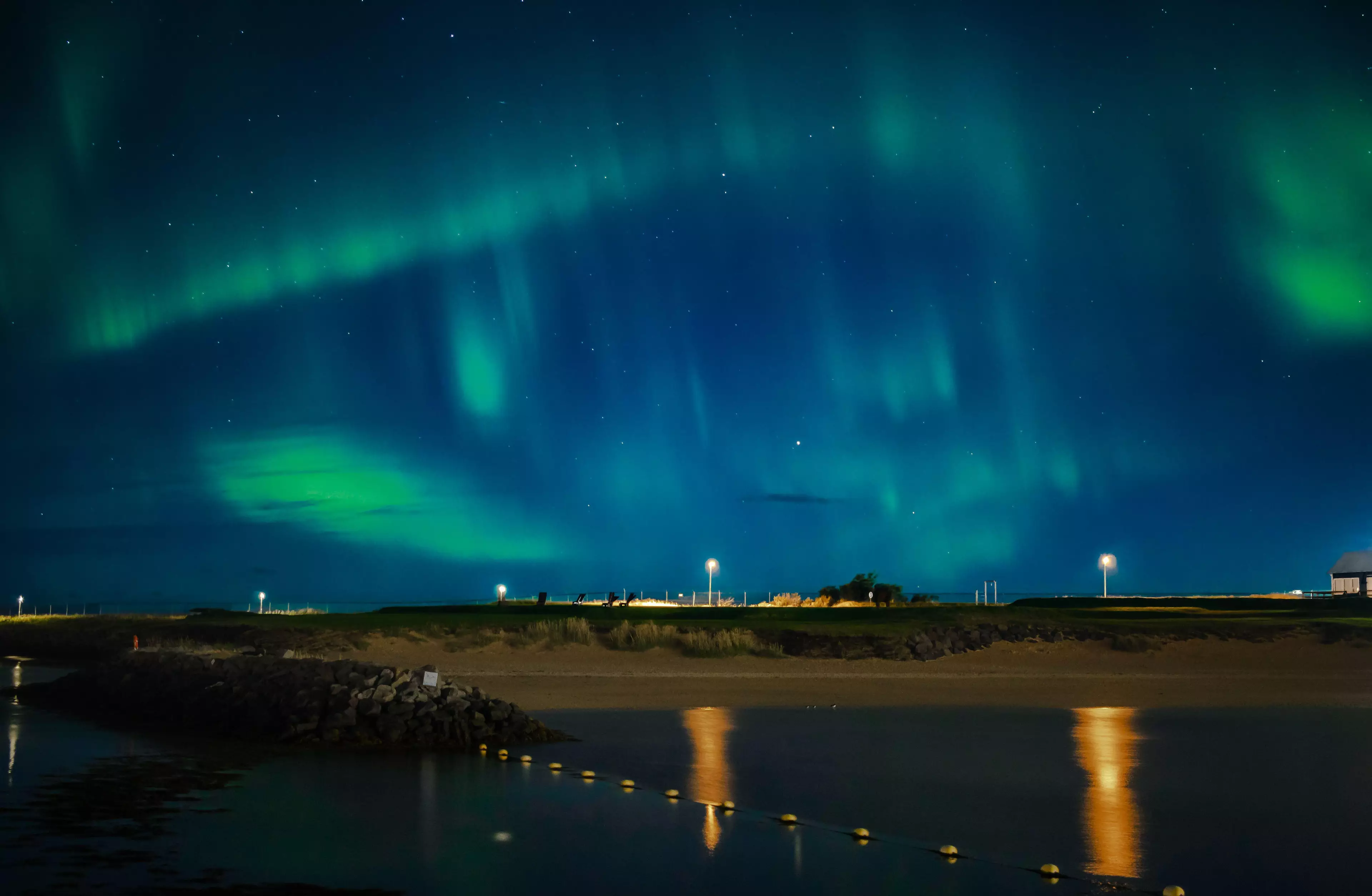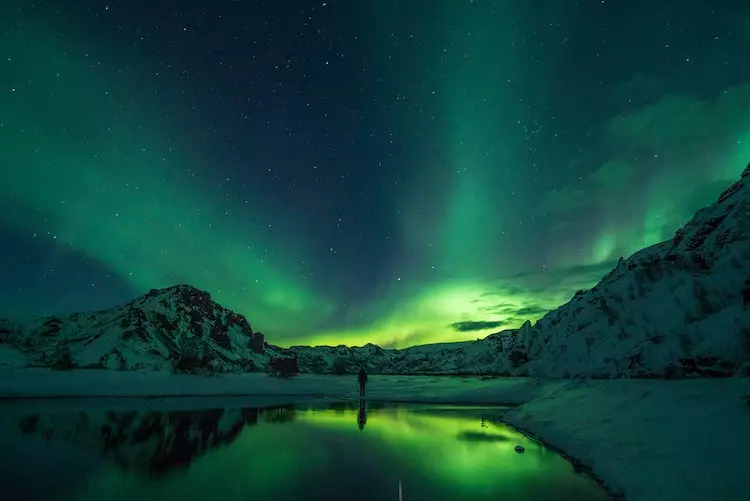
Stargazers might want to keep their eyes peeled this Halloween, as the Northern Lights could potentially show up in the UK tonight (30 October).

There's a higher chance of seeing the incredible spectacle - also known as the Aurora Borealis - than usual tonight after the sun emitted a solar flare on Thursday, 28 October, according to NASA.
Advert
And now, the Met Office has said the flare, which was followed by a coronal mass ejection (CME), could be responsible for the Northern Lights being visible in lower altitude regions.
The best spots for any potential sightings are Northern Scotland and parts of Northern England, and while it's not a guarantee, it certainly sounds promising - even in lower parts of the country.
The Met Office said on its website: "Geomagnetic activity is expected to be quiet until Saturday afternoon [October 30]. Any aurora until then is unlikely.
"A significant Earth-directed CME is expected to arrive at Earth later on the 30th lasting into Sunday 31st, with an enhanced auroral oval highly likely.

"Sightings of aurora seem likely along the northern horizon (cloud permitting) across Scotland, Northern Ireland and Northern England.
Advert
"There is a slight chance of aurora visible as far south as North Wales, Midlands and Norfolk if looking at the extreme northern horizon low down."
Exciting stuff, although it's worth pointing out that even if the Aurora Borealis does show up in the UK, certain conditions must be met including a cloud-free sky, lack of light pollution and a clear line of sight towards the northern horizon.
The spectacular light show more usually associated with Scandinavia occurs when charged particles coming all the way from the sun collide with particles of gas from our planet's atmosphere.
The ethereal fireworks display results from electrons and protons that are blown across the Earth by solar winds.
Advert
This means that scientists can predict when the aurora is going to be stronger or weaker by observing the surface of the sun. More powerful solar weather often leads to stronger auroras.
The Daily Mail points out that solar flares and CMEs are different, with the former being intense bursts of radiation coming from the release of magnetic energy associated with sunspots.
NASA explained: "We typically see a solar flare by the photons (or light) it releases, at most every wavelength of the spectrum.
Advert
"The primary ways we monitor flares are in x-rays and optical light. Flares are also sites where particles (electrons, protons, and heavier particles) are accelerated.
"Flares are our solar system's largest explosive events. They are seen as bright areas on the sun and they can last from minutes to hours."
Powerful flares are often, but not always, accompanied by a CME, which is defined as a significant release of plasma and accompanying magnetic field from the sun.
When it collides with the earth's atmosphere, it can lead to the beautiful light display known as the Northern Lights.
Featured Image Credit: Alamy